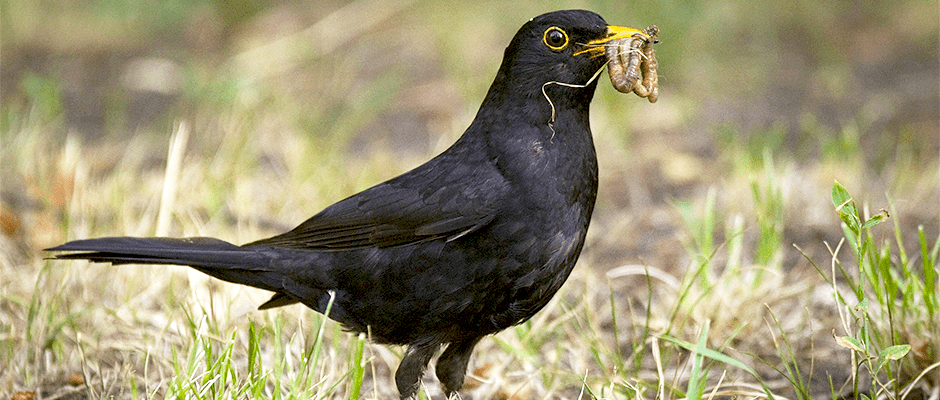Share this article
For birds, the trail less travelled makes all the difference
The presence of humans on trails — not the trails themselves — cause the most disturbance to forest birds, according to recent research.
In a study published in Frontiers in Ecology and Evolution, a research team looked at the effects on bird species of both forest trails and the amount of human recreation on those trails. They wanted to see if it was the trails themselves or the people on them that were disturbing the birds the most.
“While looking at articles investigating trail or road effects on birds, contradicting results have been found, and we thought that the effect of a trail might heavily depend on the human use intensity,” said Yves Bötsch, a postdoctoral researcher at the Swiss Ornithological Institute and lead author of the study.
To conduct the study, the team assumed that birds farther away from trails were less affected by the trail itself and by humans on the trail. They surveyed breeding birds at two different distances from trails, recording every bird they heard or saw. To look at the effects of different human trail use, they looked at four different forests in Switzerland and France, which all had trails for recreation. Two had higher human use and two were rarely used.
They found a lower number of birds close to trails only in forests that had a high human use, while in less disturbed forests no difference was found. They also found some birds had higher sensitivity than others. For example, species such as the common buzzard (Buteo buteo), European turtle dove (Streptopelia turtur), common blackbird (Turdus merula) and European green woodpeckers (Picus viridis) avoided trails more than other species, even in rarely frequented forests.
“Our findings clearly show that the mere presence of humans affects the forest bird community,” Bötsch said. “This effect is measurable in forests which are used for recreation since ages, implying that habituation of birds toward humans did not compensate it.”
Bötsch suggests restricting human access into remote areas that have not yet had human recreation and trails. “First of all, do not construct new trails, or at least limit the amount of trails,” he said. “If trails have to be constructed, avoid local rare habitats, take into account the present species, and keep large connected habitat untouched. Trails at a habitat edge are as pretty as in the middle of the habitat.”
Bötsch said this study demonstrates the effects of human recreation on a local scale, but not the effects of habitat fragmentation, “which is an additional big problem for wildlife.” And he wonders if other species may show similar reactions.
“There are other studies showing trail avoidance of certain mammal species, and certainly the trail network itself fragments habitats, which affects actually all animals,” he said.
Header Image: Common blackbirds were among the species particularly sensitive to forest trails. ©hedera.baltica








